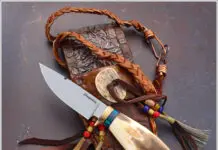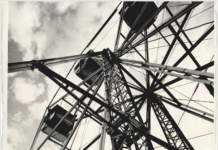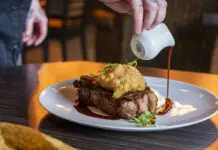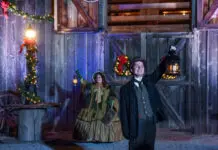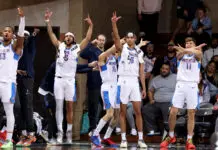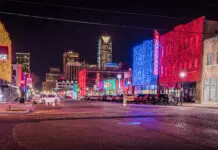So far, we have begun discussions on how to shop to keep your home a safe zone for healthy foods, begun examining the basics of healthy cooking and even waded into the debate over the controversial egg.
However, while controlling access to healthy food in your home is an important first step, and knowing that take-out pizza and fast food is a detriment to anyone's overall health, there are still occasions when one finds himself away from his healthy fridge and too far from a Whole Foods Market to easily access healthful products. We'll discuss packing healthy lunches and how to order from any menu without damaging your weight-loss efforts in blogs to come.
Today, however, I want to focus on snacks – the inevitable mini-meals between actual meals, which all too often lean toward the unhealthy. Think: vending machines, Styrofoam containers, and any number of delicious but unhealthy offerings from QuikTrip, etc. Look, it's a reality and don't be ashamed of it.
However, there is a better way to snack and one that will contribute positively to your weight-loss goals.
As with most things, it starts with preparation. If you eat a healthy breakfast, note that this will stimulate your appetite for the remainder of the day – and that includes for snacks. Prepare for this and you will be able to get through a mid-morning snack and a mid-afternoon snack without ruining your healthy regiment.
In my experience, variety makes healthy snacking much easier. A few healthy tips for things to keep on hand for snack time:
String cheese is relatively low in calories and adds calcium while satisfying the need for something savory. The protein will help cut your appetite.
* A quarter cup of almonds or walnuts are packed with health benefits, are low in calories while satisfying the appetite. A few dried fruits can liven that up, but be careful about total sugar.
* A banana has numerous health benefits and can help hunger as well.
* An apple helps satisfy the sweet tooth; paired with string cheese, it also makes a complete snack.
* A few carrot strips dipped in hummus. As we will discuss in a future piece, hummus is a dieter's savior. Combined with carrots, you have a satisfying and tasty snack.
In addition, some things to avoid – even if some think these are healthy. Research has demonstrated it.
* Seemingly healthy granola products are often loaded with sugar and preservatives. Don't be fooled by the marketing.
* Trail mix is equally sugar-laden. If you are looking for a fruit and nut mix, avoid one with chocolate or high-calories vegetable, and keep to small dosage.
* Avoid sweet-based snacks. The exception is a small amount of dark chocolate, which has actually been shown to have huge health benefits.
With a little forethought and preparation, there's no reason snacks should impede progress toward your weight-loss goals.
-Michael W. Sasser is Oklahoma Magazine’s senior editor and an award-winning journalist. Neither a medical nor nutrition expert, he shares his personal weight loss journey exclusively with Oklahoma Magazine readers. Reach him at [email protected].



